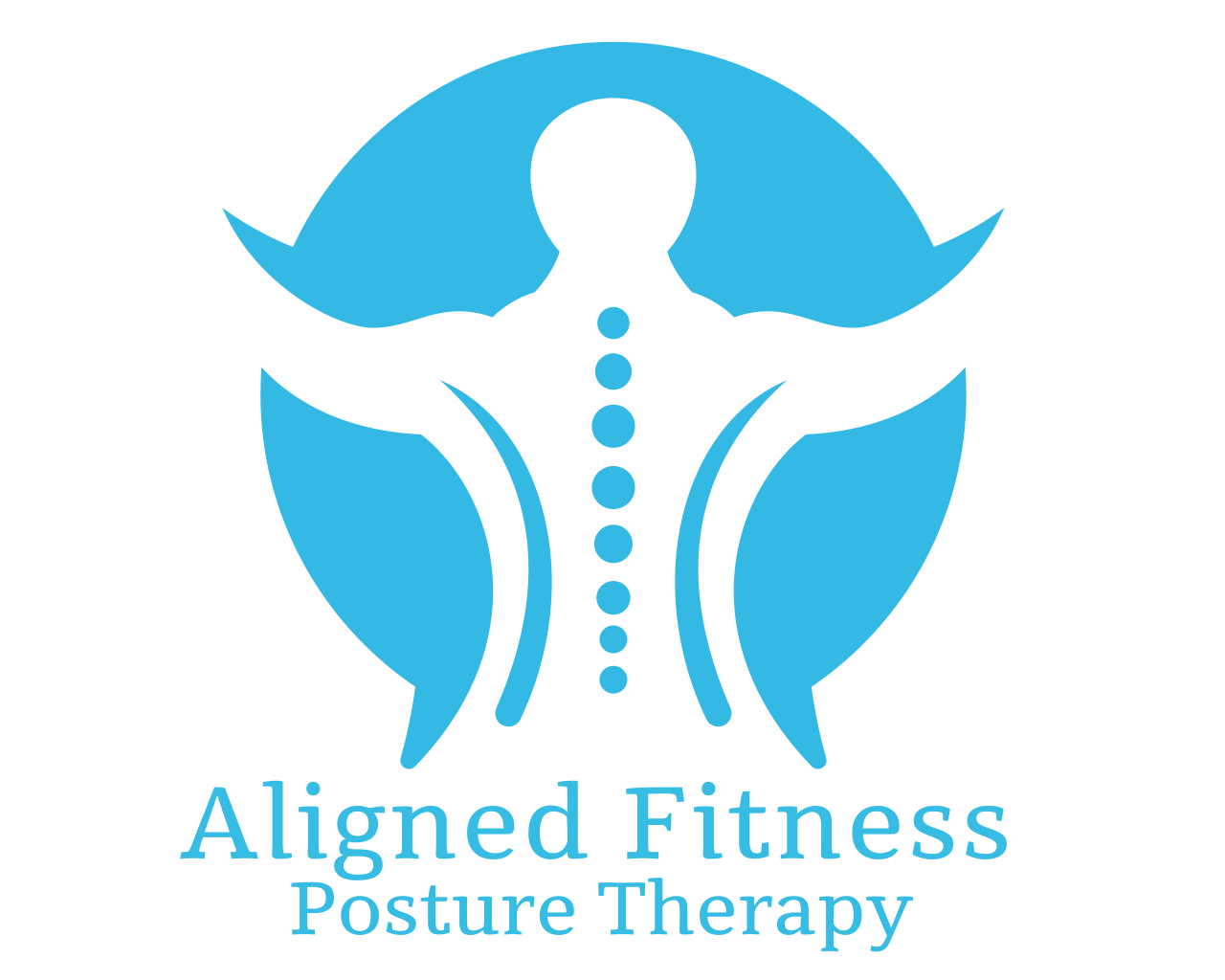By: Lisa Decker
As a postural alignment therapist there are many attributes I keep in mind when prescribing corrective exercises. It’s often not as simple as just “strengthening the core†or “strengthening the muscles surrounding a jointâ€. We must look at the entire kinetic chain holistically when prescribing exercises to restore function and alignment.
A healthy aligned body is made up of fixed segments (bones) and mobile segments (joints). It’s the function of the muscles to move these bones and joints. The muscles, bones and joints form what we call the kinetic chain. Each segment of the chain will have an effect on one another during movement. Therefore, if one segment is immobile or unstable, the entire kinetic chain is compromised and not functioning as designed. This can lead to chronic pain symptoms.
When prescribing exercises there’s what we call open and closed kinetic chain exercises. In an open chain exercise, the distal segment (furthest from the body) is free and not fixed to an object. In a closed kinetic chain exercise it’s fixed or still. If the foot or hand is in contact with the floor this is a closed kinetic chain exercise. For example a push up or a squat would be a closed chain exercise. On the other hand, a leg curl or a chest press would be considered an open chain exercise because the segment of the body that is working is not fixed or stationary.
Open chain exercises can be good at isolating or rehabbing a muscle in specific circumstances; however, closed chain exercises tend to be more functional, as they are most like movements used in daily life such as bending or squatting. They are also less isolated since the load is shared with other surrounding muscles. Closed chain exercises are often used to strengthen the core, stabilize posture, and train functional movements, as the resistance of the body part pressed against the wall or floor is sent back through the trunk.
It’s important we look at the entire kinetic chain when prescribing exercises. The major fault with the old school approach of training specific muscle groups to stabilize or mobilize a joint is that are they aren’t taking into consideration the mobility or stability of the joints above and below. For example, protecting and stabilizing the knee joint by strengthening the muscles around it doesn’t take into consideration the mobility of the joints above and below the knee namely the ankle and hip.
Below is a chart taken from Gray Cook and Mike Boyle in relation to optimal joint mobility and stability. When this pattern of mobility and stability is altered, you can infer how the entire kinetic chain can be affected.
1st metatarsal: mobile
Mid foot: stable
Ankle: mobile
Knee: stable
Hip: mobile
Lumbar spine: stable
Thoracic spine: mobile
Cervical spine (lower): stable
Cervical spine (upper): mobile
Shoulder: mobile
Elbow: stable
Wrist: mobile
Notice how stiffness and mobility alternate. For example if you want to improve knee stability, doesn’t it make sense you might also need to improve the mobility of the ankle and hip? Likewise if you improve hip mobility, you would also need to improve the stability of the lumbar spine and knee in order to maintain that new flexibility.
Here is an example of how this mobility/stability paradigm can influence the entire kinetic chain:
If one has lost mobility in the ankle, the foot may no longer flex and extend as it’s designed and the knee is then forced to increase its mobility. This can lead to knee pain as the knee is designed to be a stable hinge joint and not excessively rotate. The hips in turn may lock up and the lower back, which should be stable, may become unstable due to the stiff hip joints. The thoracic spine and shoulder joints then engage to provide increased stability leading to potential upper back tightness and pain. The tightness and lack of mobility in the shoulder joints can also influence the flexors and extensors into the arm, which in turn can lead to symptoms such as carpal tunnel, tennis elbow or frozen shoulder.
This doesn’t mean there won’t be cases in which an ankle or hip has too much mobility. It just asks that we always take a look at the segments above and below in order to exert better control over the dysfunctional joint. The main take away is that we always treat the kinetic chain in its entirety. So many people jump right into core training but may not achieve the results they are striving for if the thoracic spine and hips remain locked up. It’s important to recognize that this immobility could be the reason for the loss of core stability in the first place!
So we must ask ourselves with every corrective exercise program: What is our objective? What load bearing joints are out of alignment? How is this effecting the body holistically? To restore alignment where do we need to train mobility and stability? And most importantly, have we addressed the joints above and below the symptomatic area that can potentially be compounding the dysfunction.
